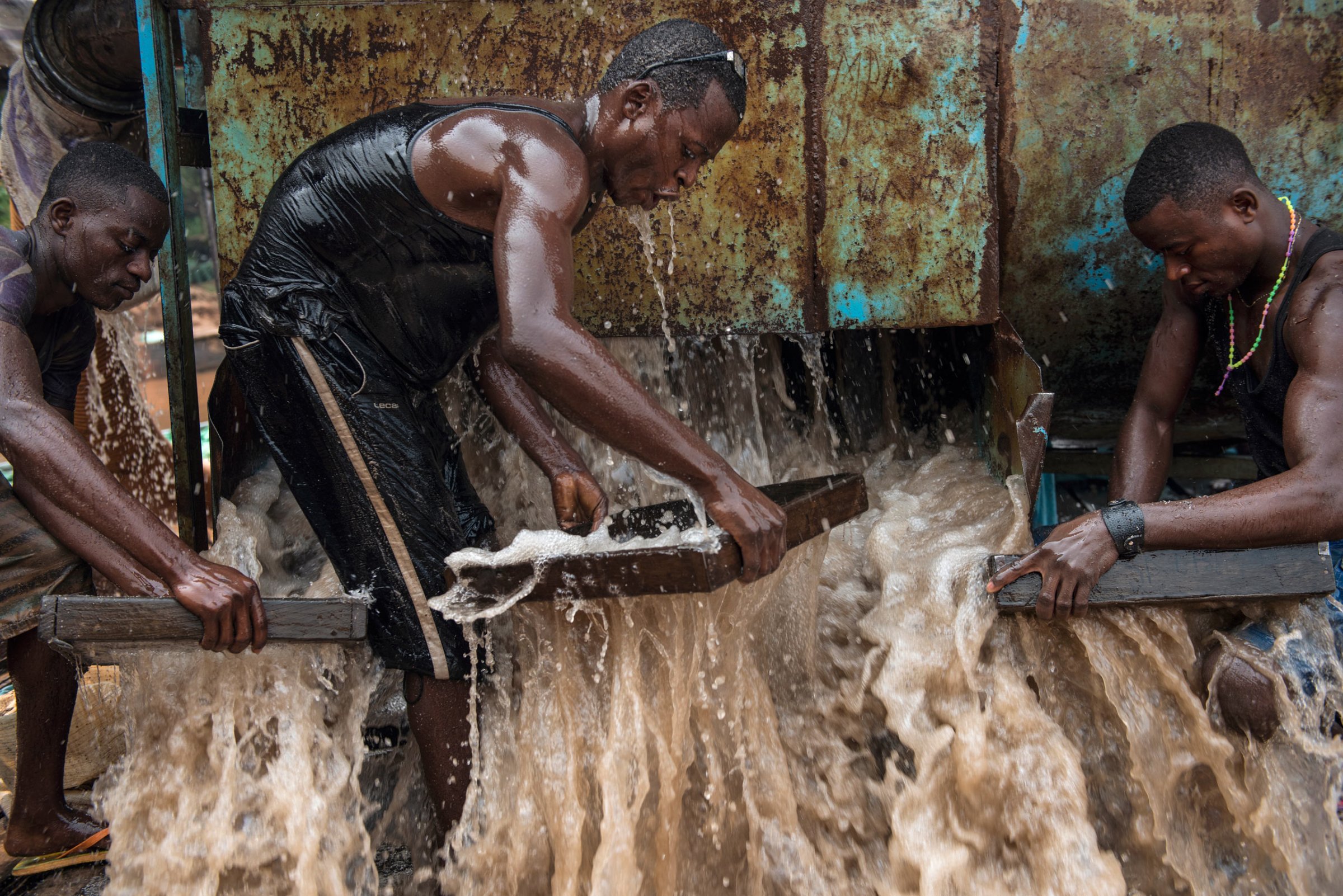
In the Democratic Republic of Congo, almost all diamond mining is done by hand.
It’s a labor-intensive process that requires hauling away layers of dirt and rock, sometimes 50 feet deep, to expose ancient beds of gravel where the crystals are found. Miners then wash and sift that gravel one shovelful at a time in search of tiny glints of light that might be a diamond. If they are lucky, a peppercorn-size crystal could fetch them a few dollars, once the mine owner gets his take. In New York’s diamond district such a gem, cut and polished, would be worth several hundred dollars. Lynsey Addario and I journeyed to the heart of Congo’s diamond mining district in August to report on an $81.4 billion industry that links the miners of Tshikapa with the glittering salesrooms of the world’s jewelry retailers.
It was an arduous trip, one that required an internal flight on an airline that has been blacklisted by the European Union for its shaky safety record, followed by long 4×4 drives on red dirt tracks down to the mining sites. Sometimes we had to take motorbikes, or boats, to reach the mines. Some of the richest gravel beds can be found at the bottom of the rivers that snake through the region. There, miners siphon gravel from deep under water using pumps mounted on rickety pontoons.
In January, the provincial government banned child labor in Tshikapa’s diamond mines, but with few other options for income, along with a lack of schools, many children, like 15-year-old Mbuyi Mwanza, have no choice but to work in the mines. Mwanza wants to grow up to be a nurse, but for the moment he is more concerned about feeding his family. His father, who is blind, cannot work. Stories like this abound in the region, but one organization is hoping to make a difference. The Diamond Development Initiative (DDI), along with diamond jewelry retailer Brilliant Earth, has set up a pilot program for young students at risk of sacrificing their education to work in the mines. Right now there are only two Brilliant Mobile Schools, as they are called, in Tshikapa, and demand is high. DDI hopes to build more, if they can raise more funds. In the meantime the children of Lungudi village look on with envy as the Brilliant students, dressed in school uniforms, take classes in science, French, history and math in the tented classroom.

Tshikapa, population 600,000, betrays nothing of the wealth that lies beneath the ground. None of the roads are paved, not even the airport runway. The local hospital often turns patients away because it can’t afford to treat them for free, and they can’t afford to pay. According to the mayor, at least half the population has abandoned agriculture in favor of mining, leaving fields fallow and keeping the cost of basic food items high. Hundreds of miners die every year in drowning accidents and tunnel collapses that are seldom reported, because they happen so often. In the mining village of Kamabue, the local pastor tells the story of how a few years ago more than 60 miners searching an underwater grotto for diamonds in the nearby river were killed when the walls collapsed. He often urges his congregation to stay away from mining, but what is the point, he asks. There are few alternatives.
Sixty-one-year-old Daniel Tunuanga got his lucky break as a miner 40 years ago, when he and his partner found a 4.6 carat diamond. They never returned to the mines. Instead, they sold the stone and opened up their own diamond buying business. It’s not a lucrative job, says Tunuanga, but it’s still better than digging.
Lynsey Addario, a frequent TIME contributor, is a photographer represented by Getty Images Reportage.
Alice Gabriner, who edited this photo essay, is TIME’s International Photo Editor.
Aryn Baker is TIME’s Africa Bureau Chief. Follow her on Twitter @arynebaker.
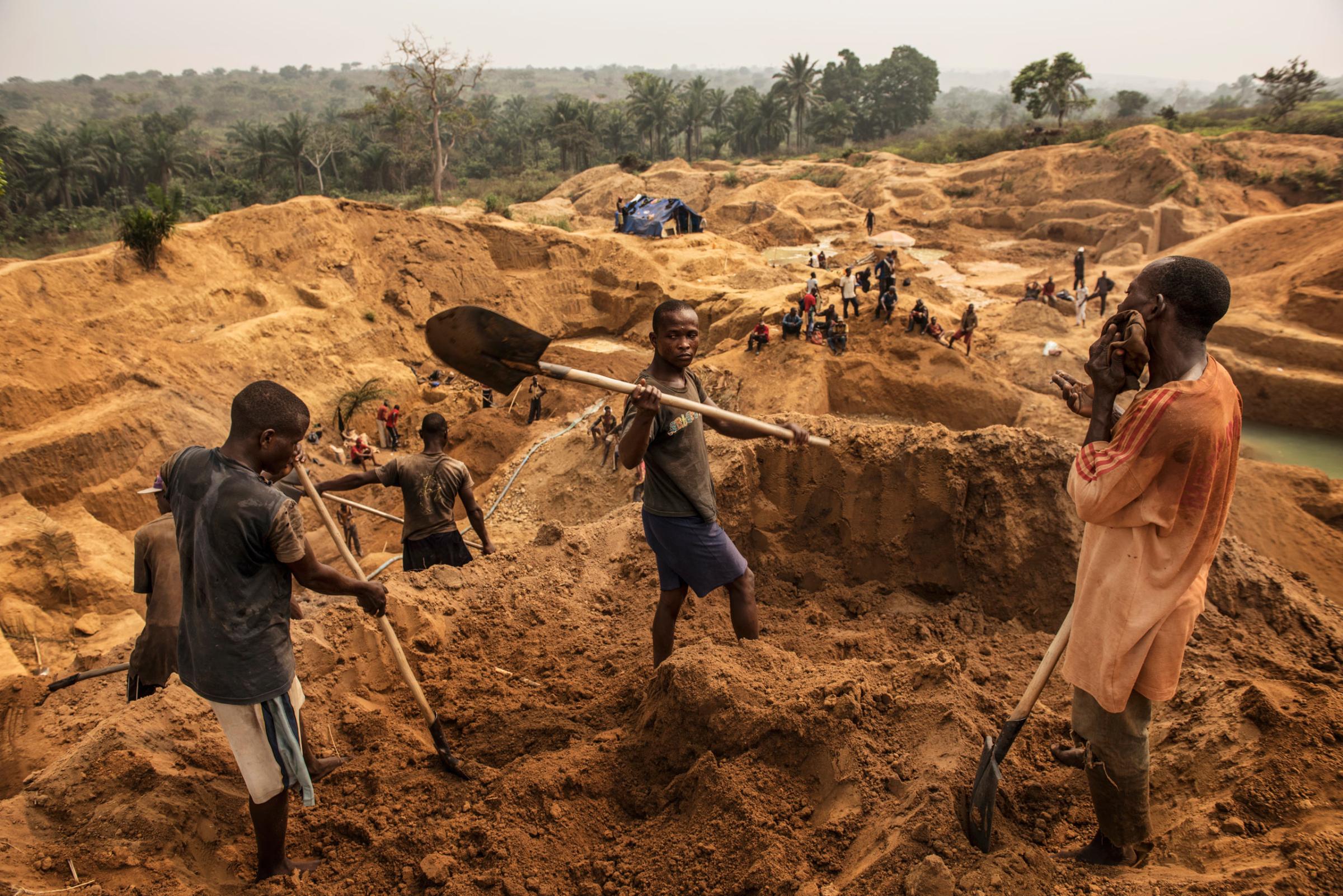

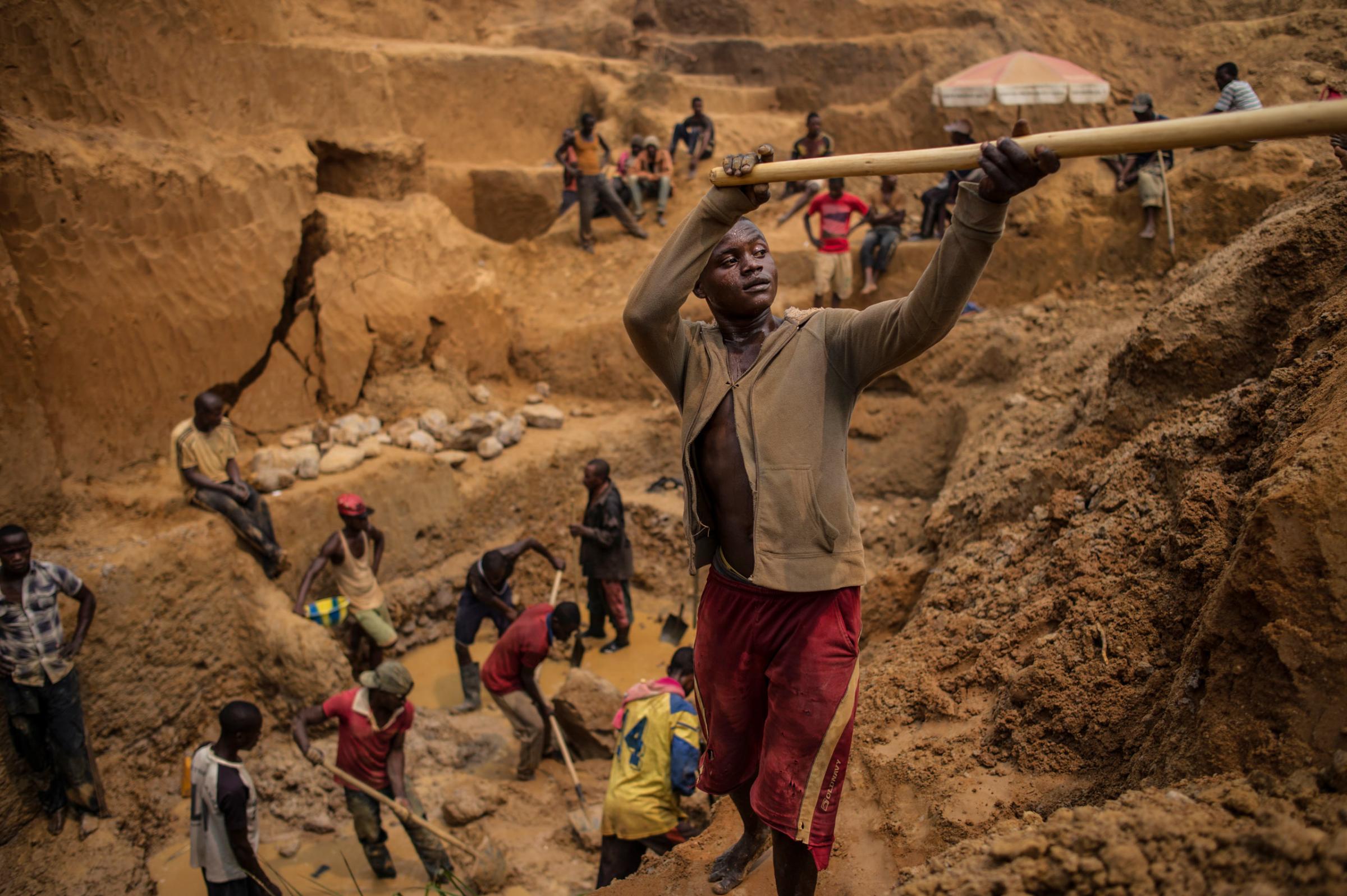
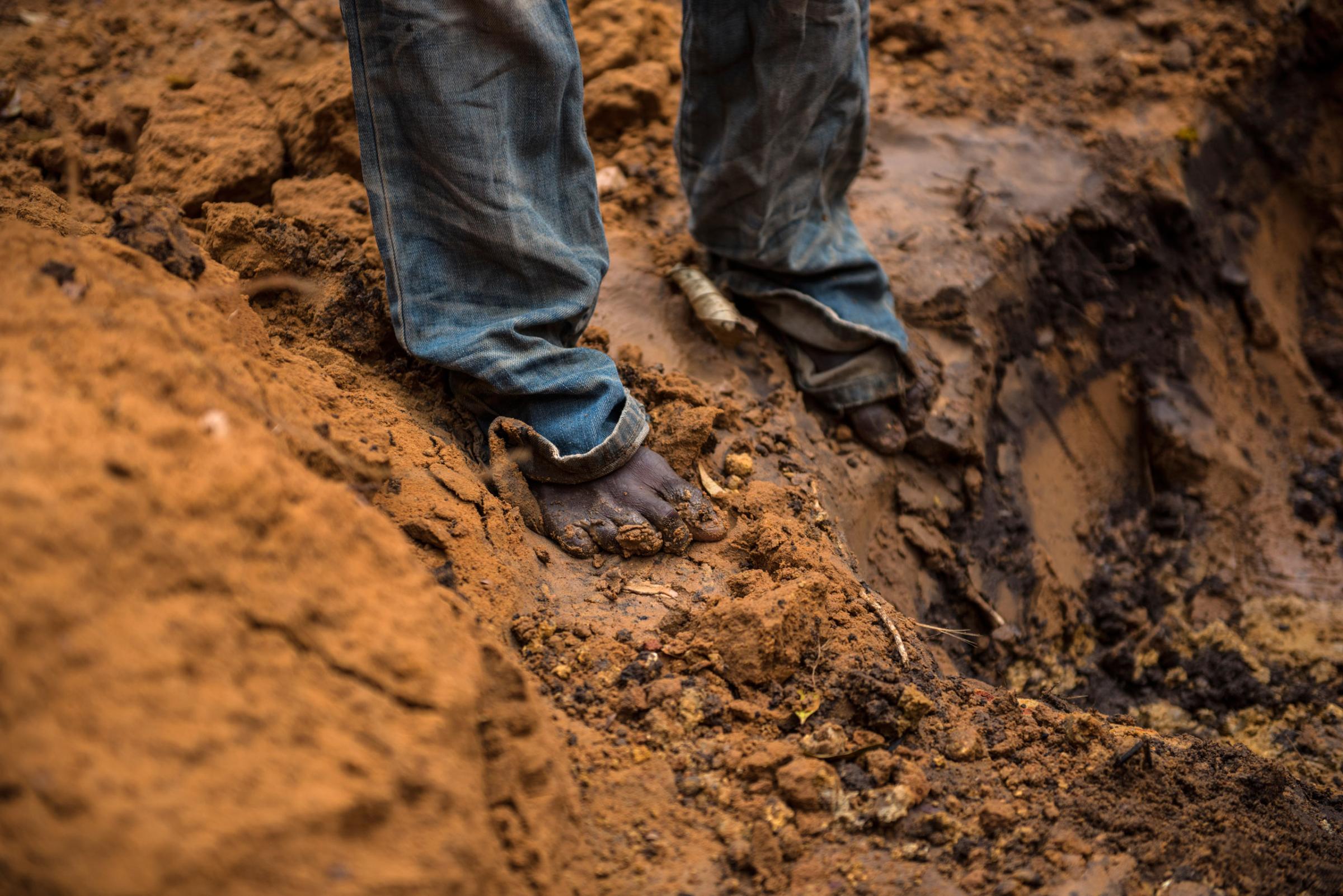
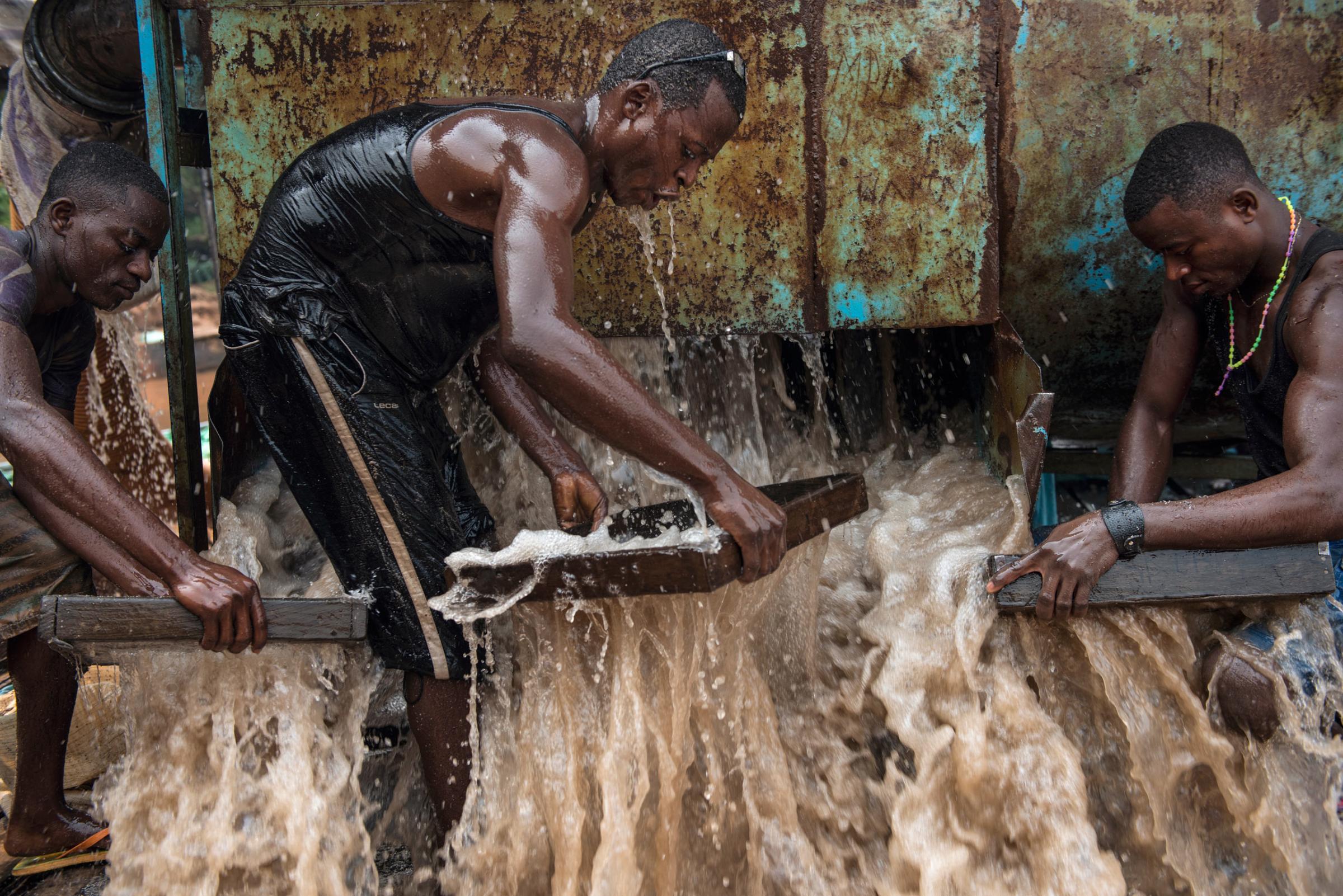


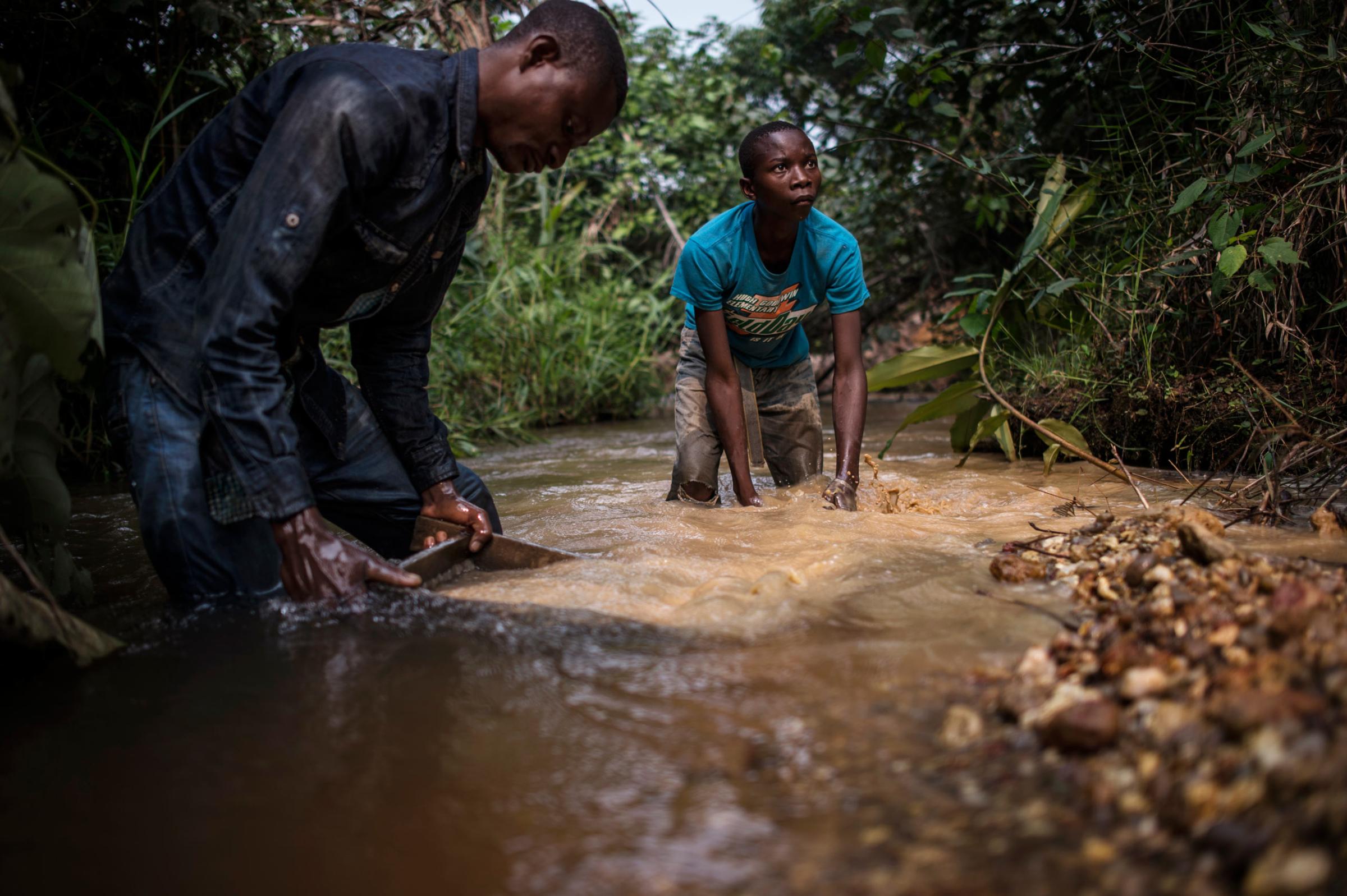
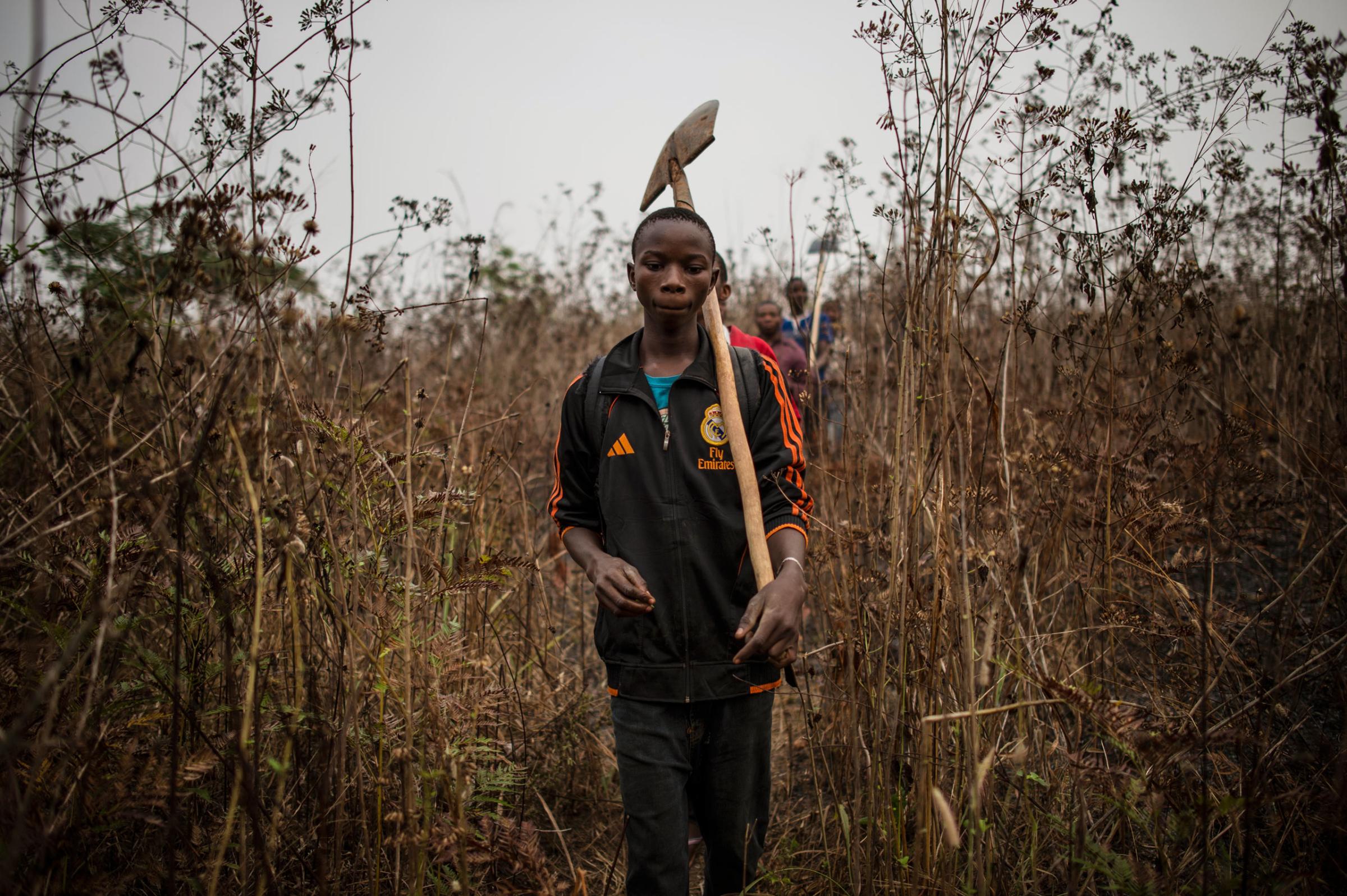
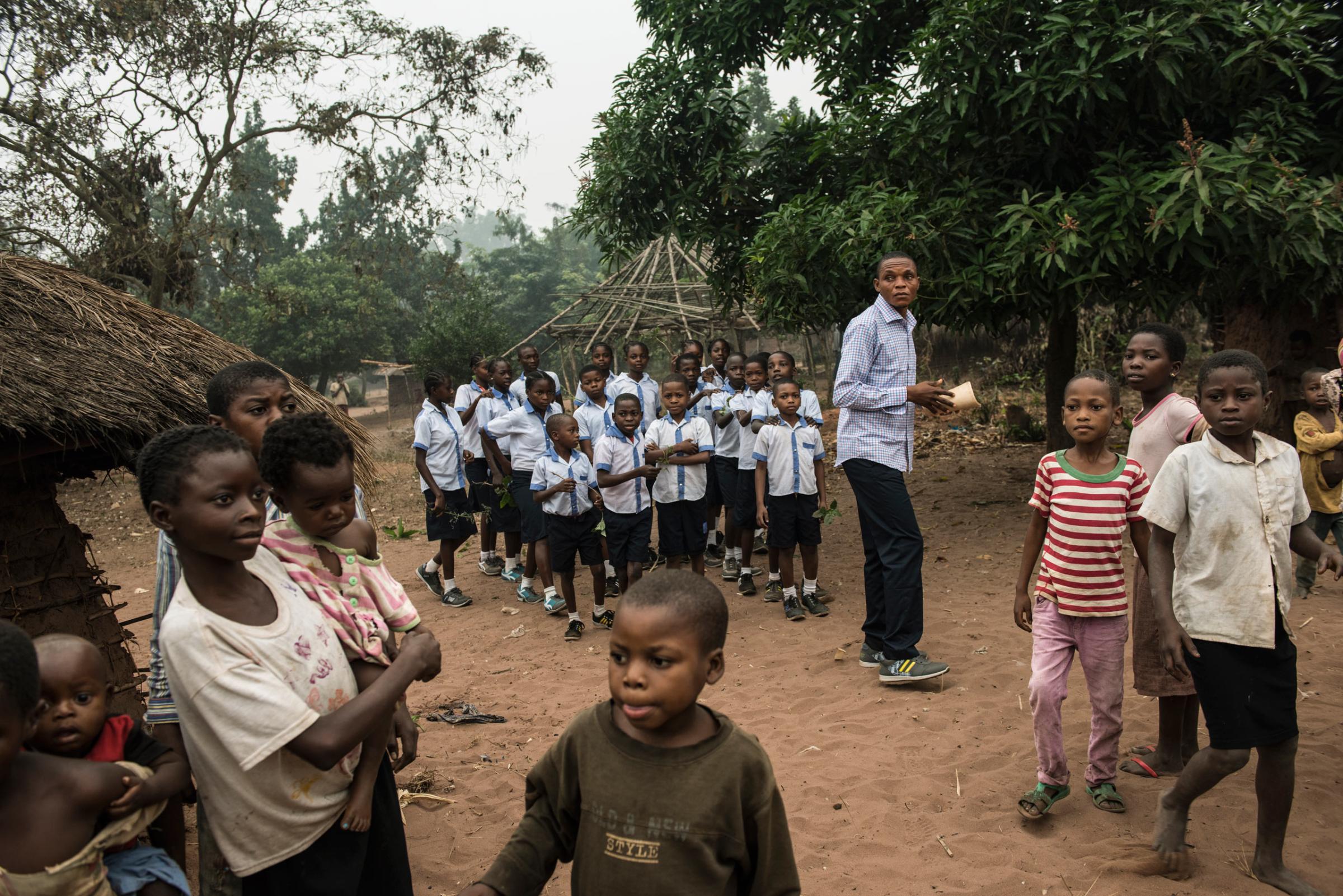
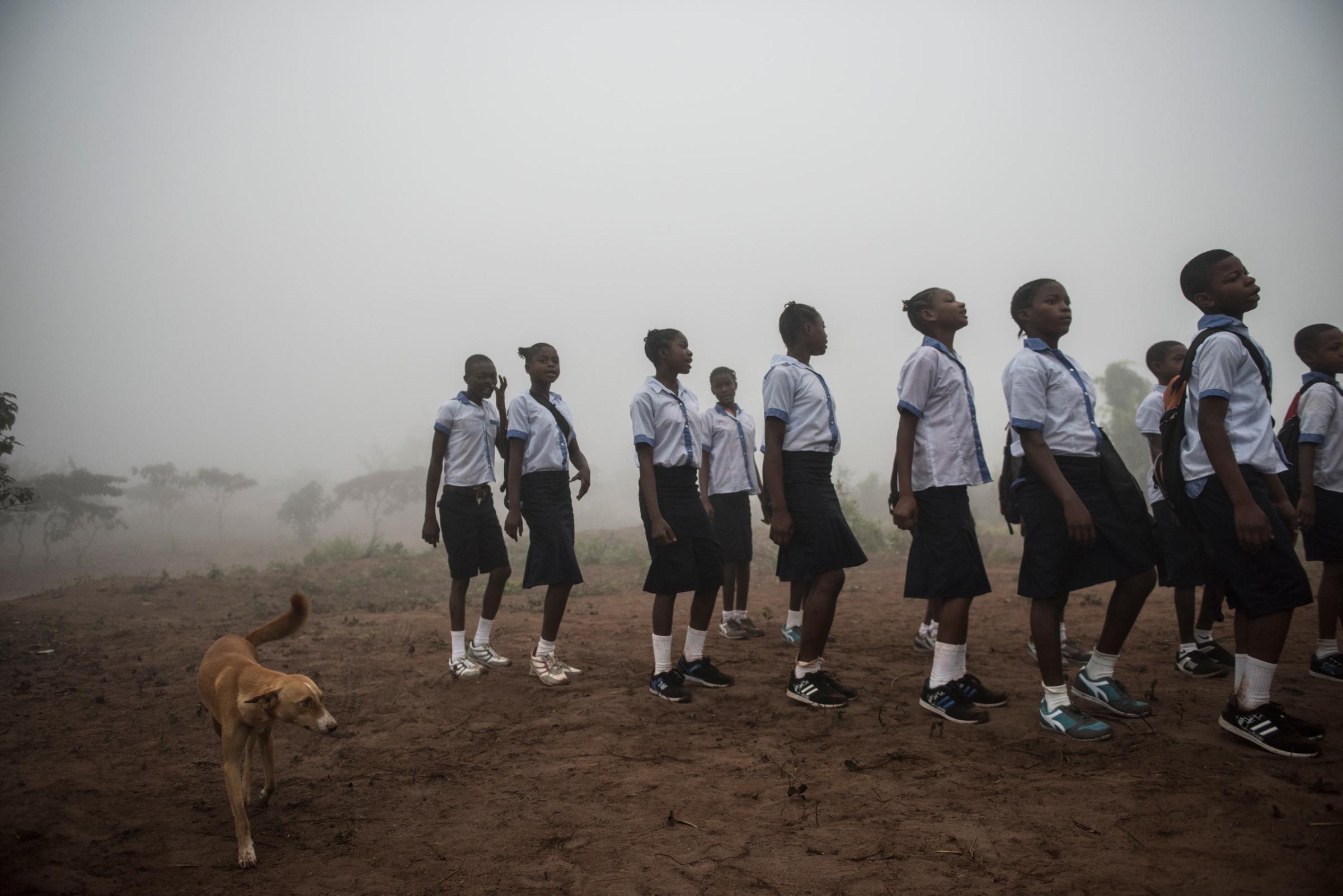
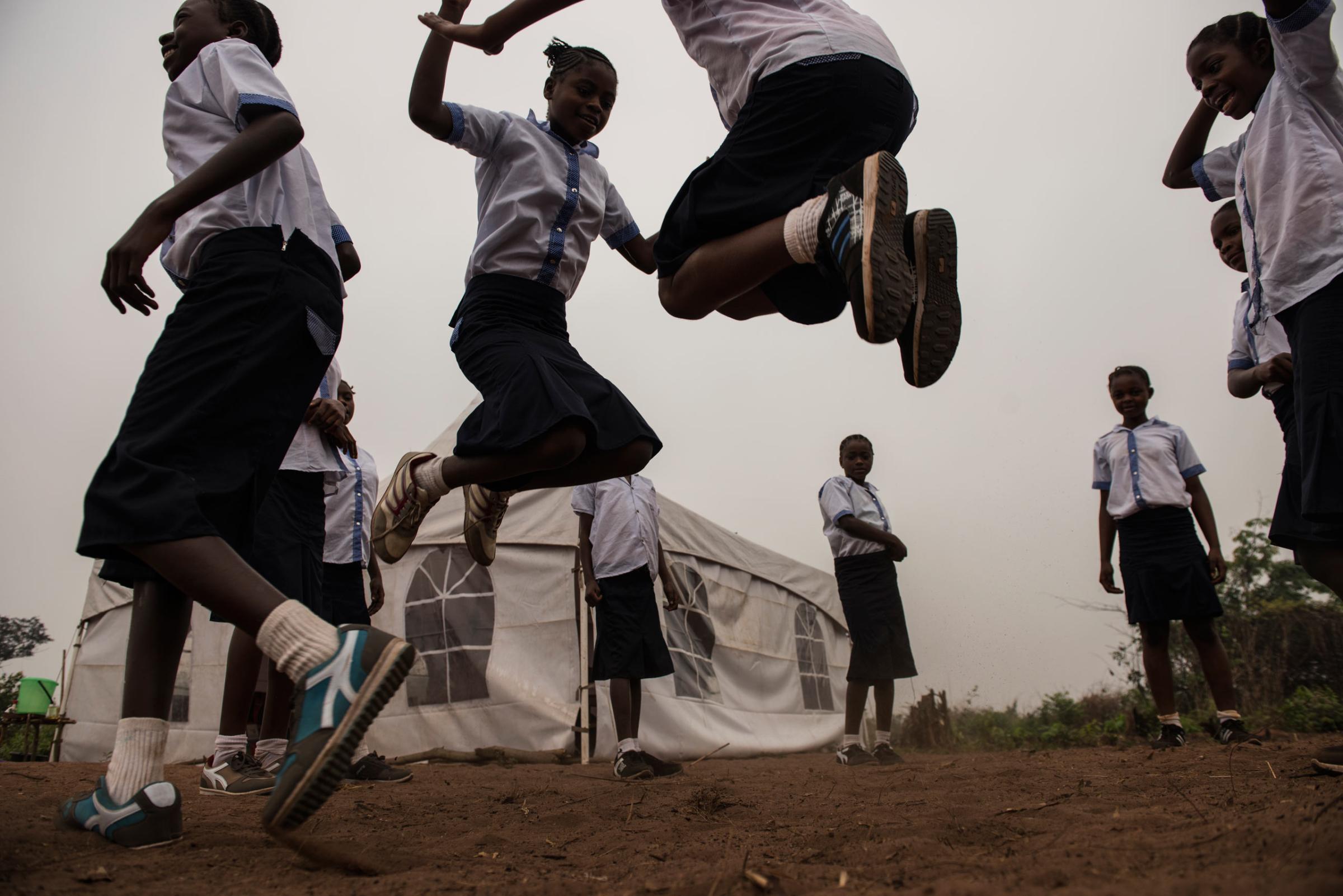

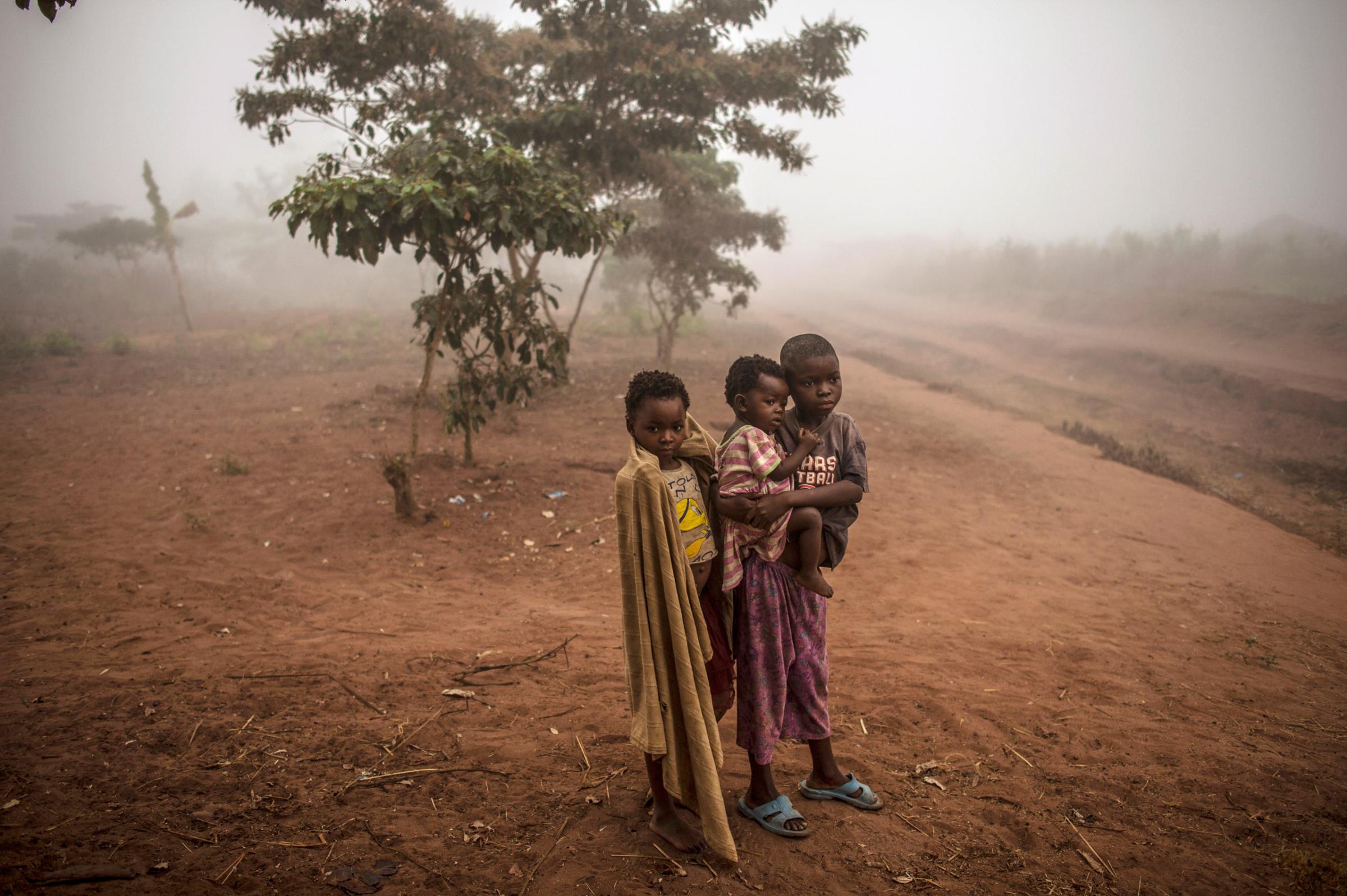
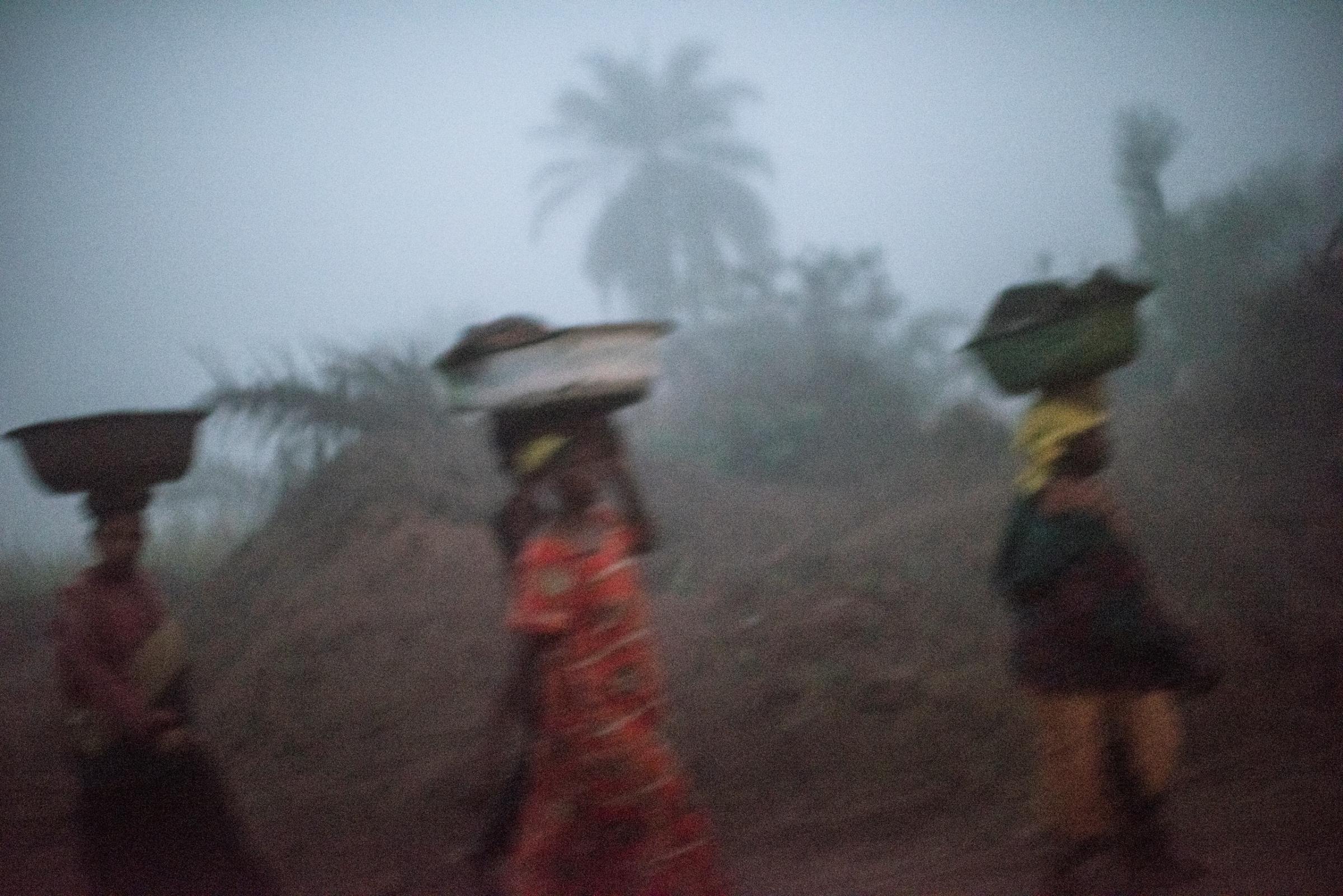
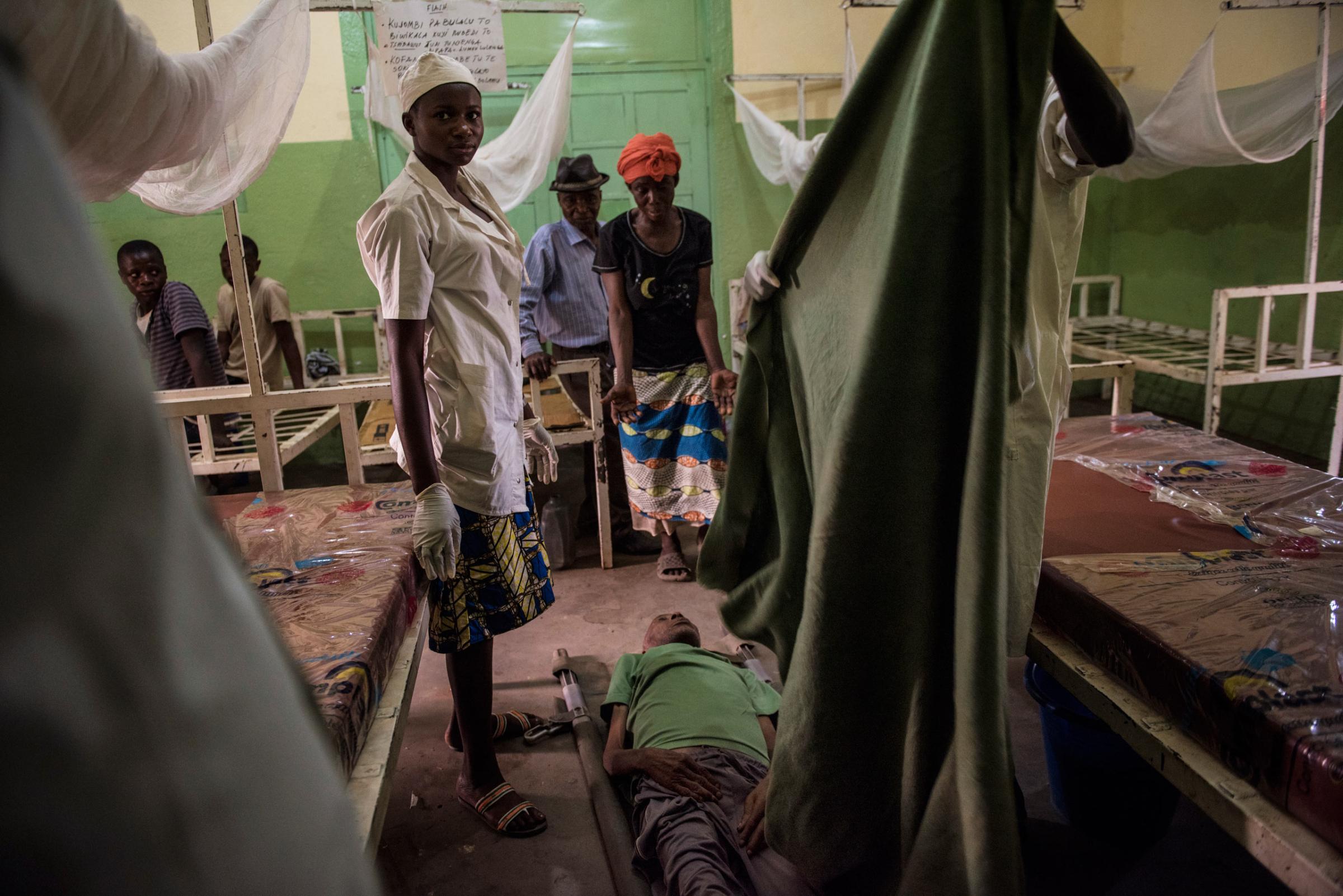

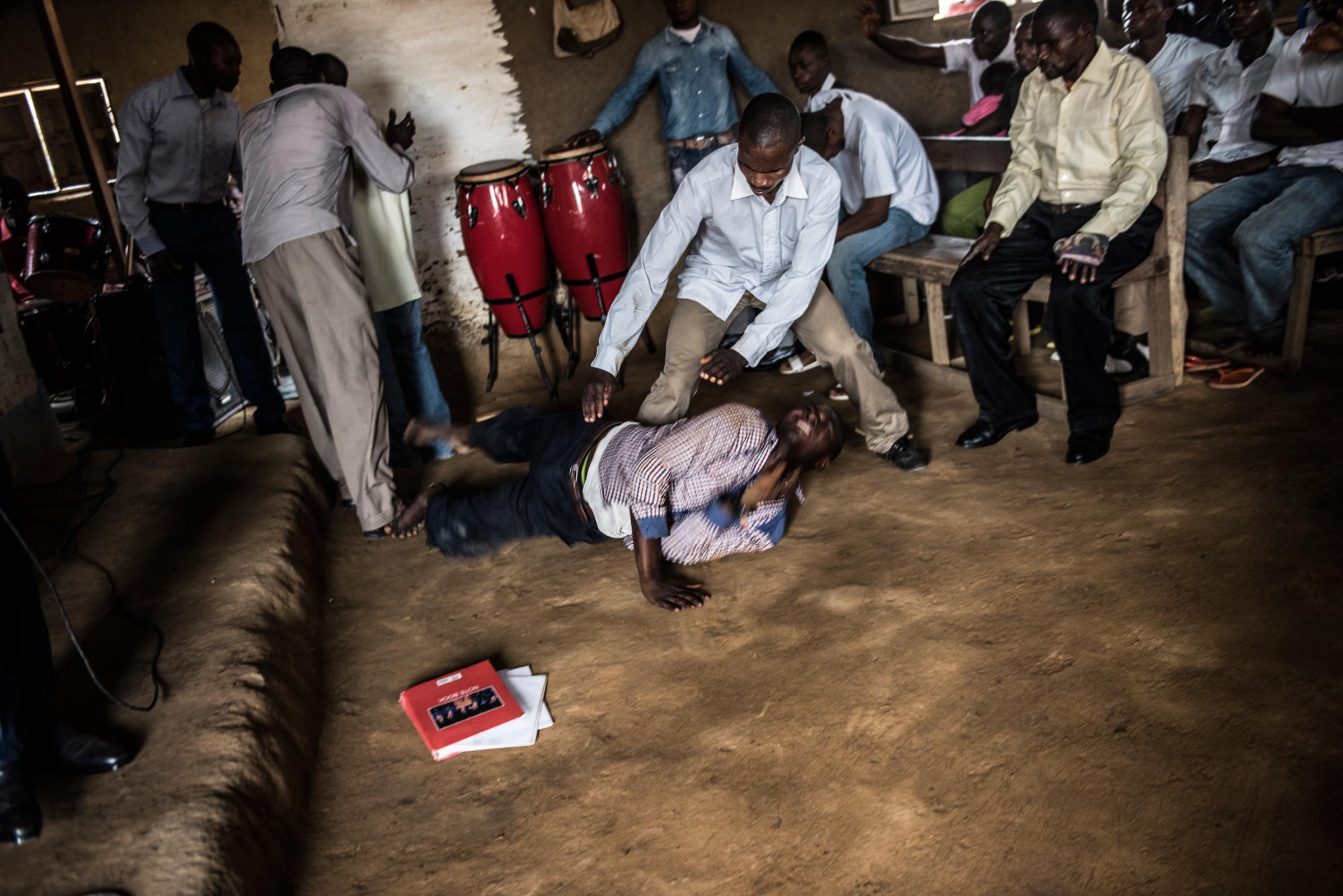
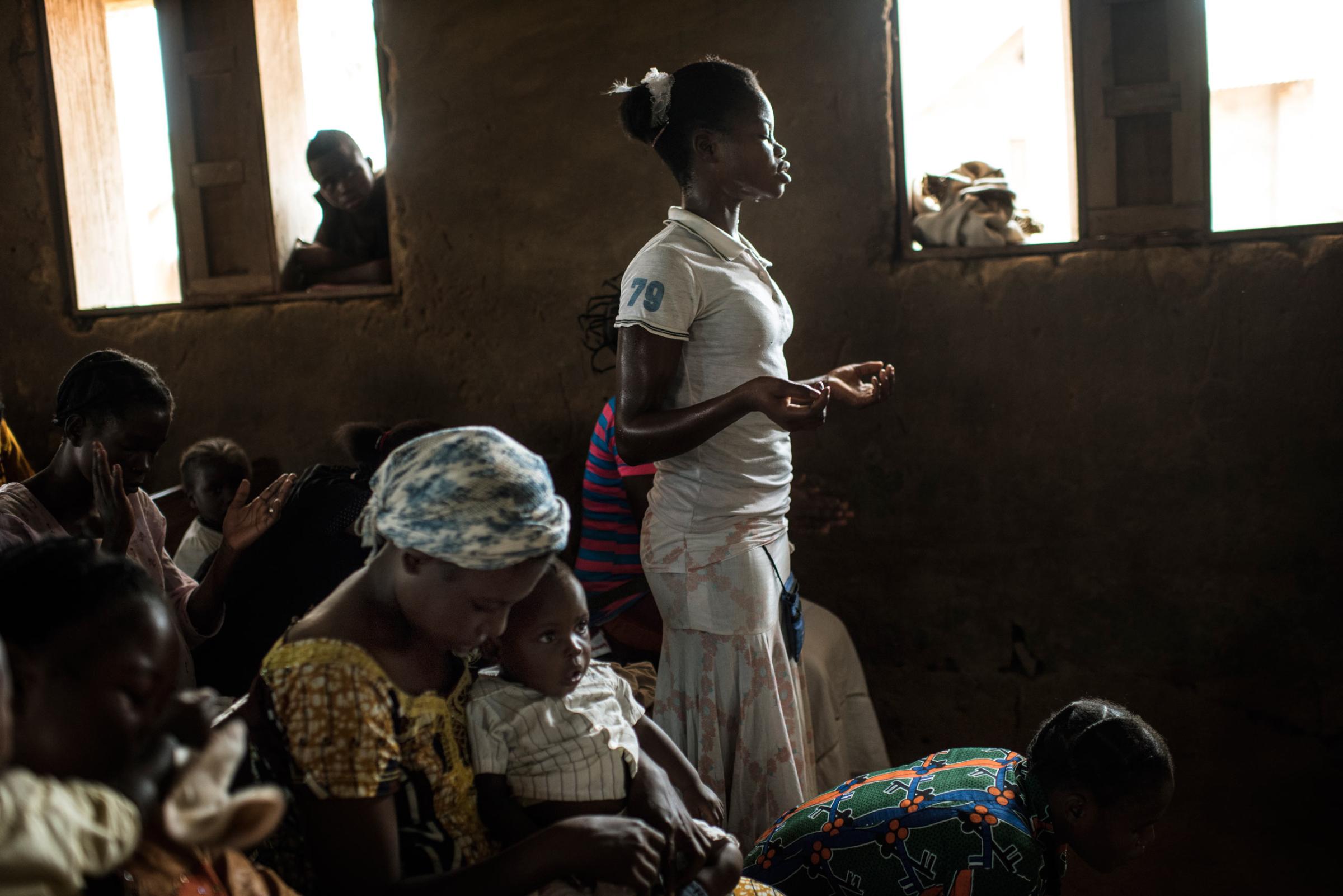
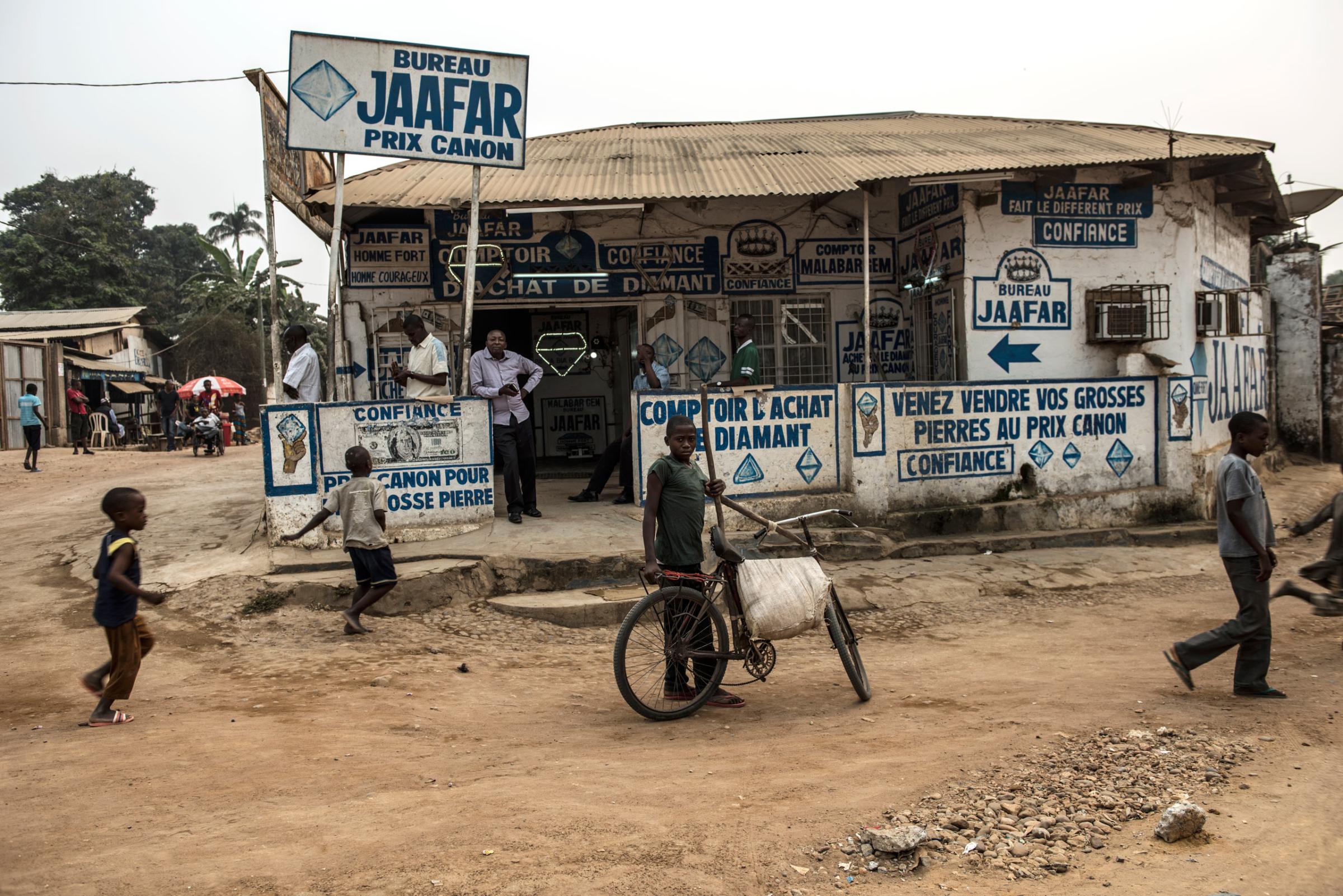
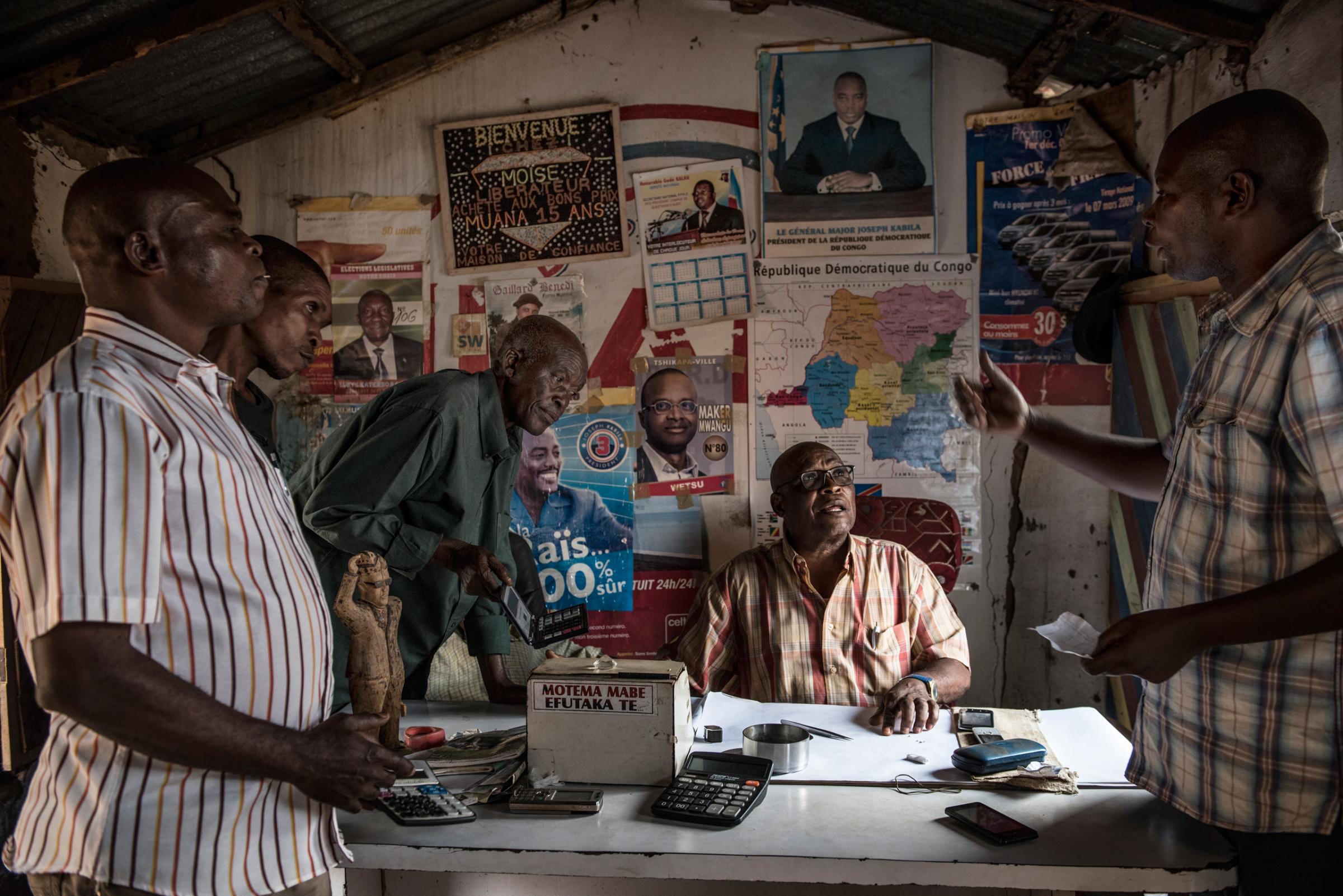
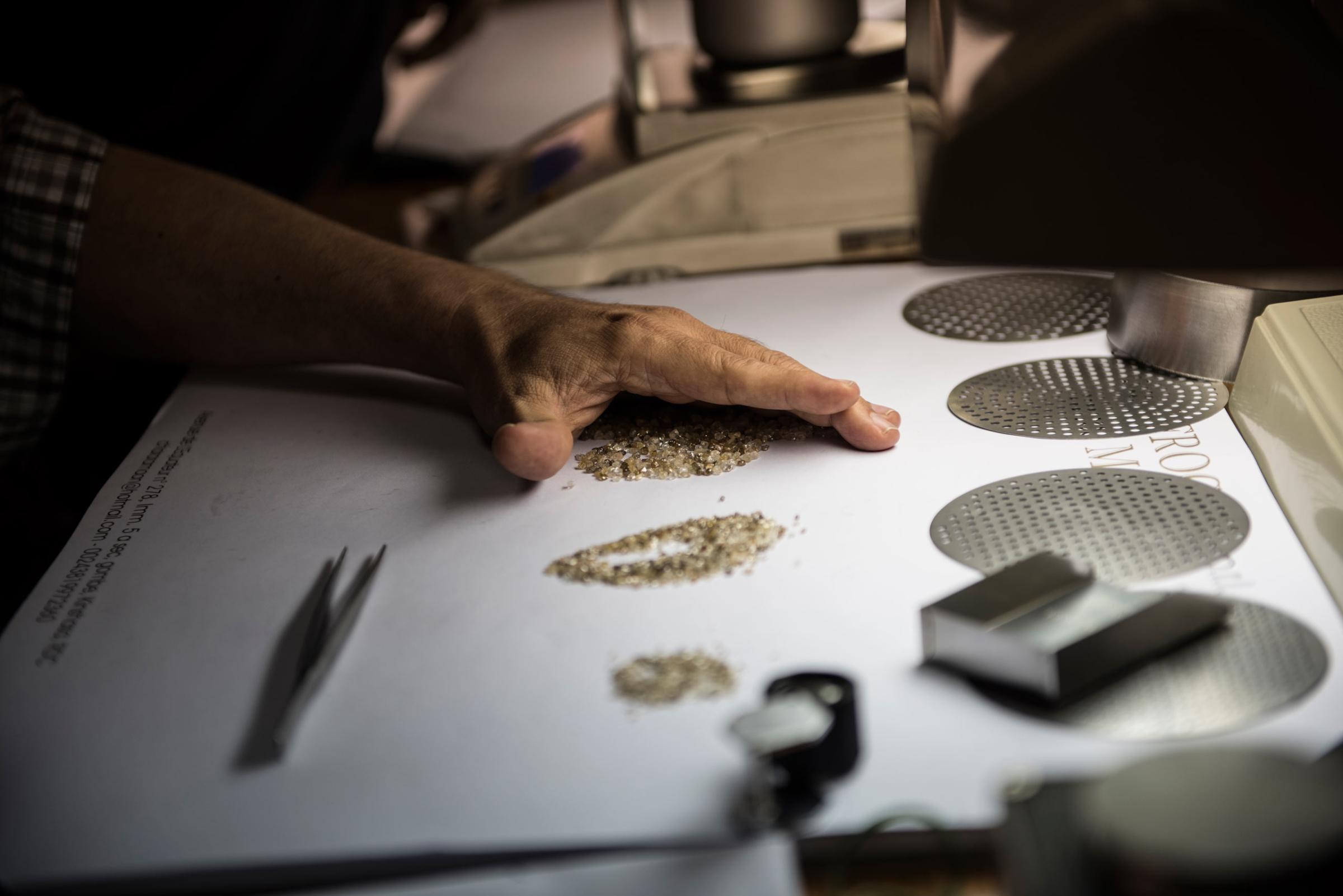
More Must-Reads From TIME
- The 100 Most Influential People of 2024
- Coco Gauff Is Playing for Herself Now
- Scenes From Pro-Palestinian Encampments Across U.S. Universities
- 6 Compliments That Land Every Time
- If You're Dating Right Now , You're Brave: Column
- The AI That Could Heal a Divided Internet
- Fallout Is a Brilliant Model for the Future of Video Game Adaptations
- Want Weekly Recs on What to Watch, Read, and More? Sign Up for Worth Your Time
Contact us at letters@time.com